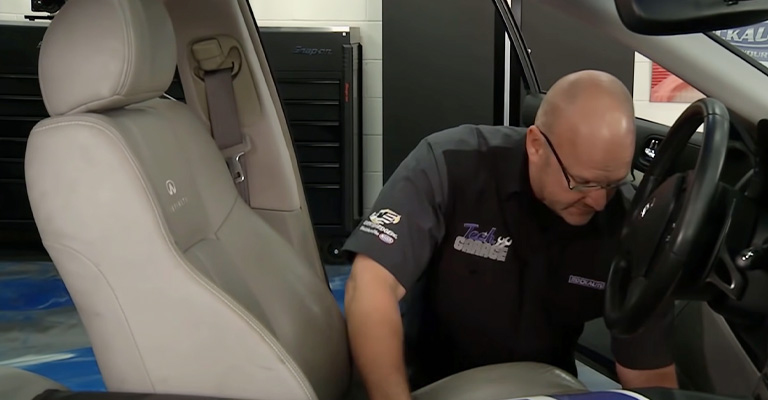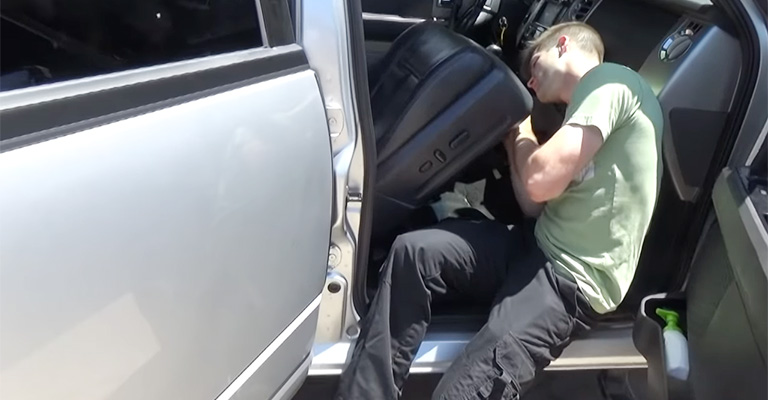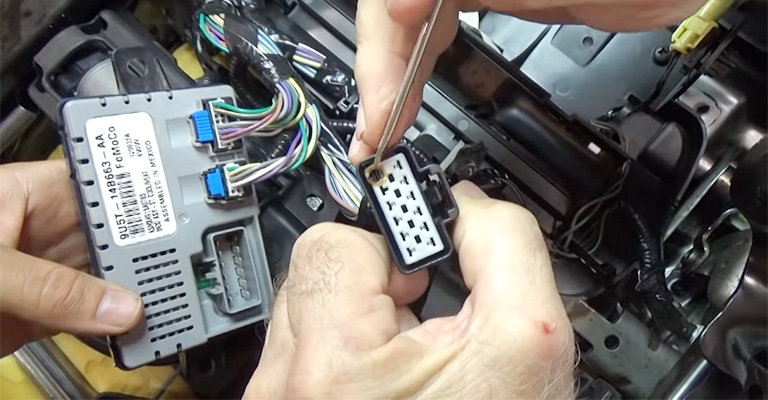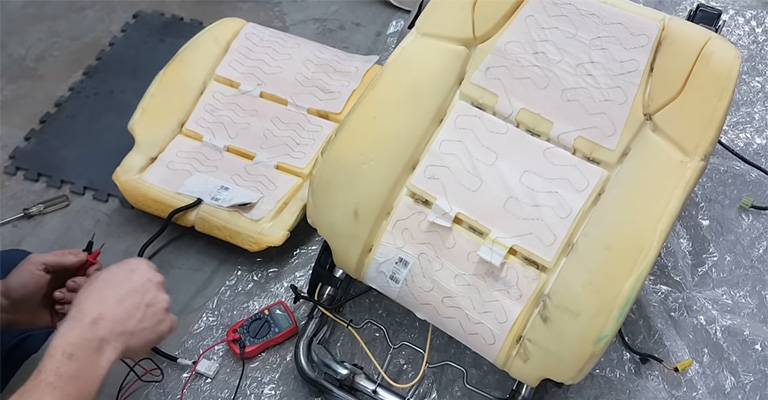Are you a Honda Ridgeline owner who loves the warmth and comfort of heated seats? Do you rely on them to keep you cozy during those chilly drives? The Honda Ridgeline is a popular pickup truck known for its comfort and convenience features, including heated seats.
Unfortunately, many Ridgeline owners have reported that their heated seats are not working properly, leaving them feeling frustrated and let down. This can be really frustrating, especially during cold weather, and can also impact the overall comfort of your ride.
Whether you’re currently experiencing problems or just want to be prepared, this post will provide valuable information and insights that will have you feeling warm and toasty in no time!
In this blog post, we’ll take a closer look at the issue of the Ridgeline heated seats not working and explore potential solutions. So, let’s heat things up and get started!

How Do Heated Seats Work?
Most high-end cars include heated seats as a luxury feature. Although heated seats rely on electricity to produce heat, the technology behind them is no different from that used in electric blankets, hair dryers, water heaters, and other electric appliances.
Heating elements, which are long strips of material that act as resistors, power heated seats. The function of a resistor is to resist the flow of electricity. As energy flows through the seat, it is converted to heat, which warms the rider.
Honda Ridgeline Heated Seats: Quick Troubleshooting
A three-pole, two-throw switch with a center-off position controls the seat heater. There are two poles used to operate the seat heating elements, either in series for low heat or in parallel for high heat. Low and high indicators are illuminated using the other pole.
A mechanical fault within the switch is likely causing the seat not to heat on high and the high indicator not to illuminate. Switching the switches and seeing if the problem moves to the passenger’s side will verify a faulty switch.
In addition to the thermostat and the breaker, there is an indicator light and a thermostat for controlling temperature. However, they only interrupt power to the heating elements when high heat is selected.
What Are The Symptoms Of A Bad Seat Heater Switch?

A seat heater element that is not working is the most common problem with heated seats. Heating elements under seat covers often break because of a break in their thin wires. It is also possible for a bad seat heater to switch to cause the problem.
Switches that work intermittently, come on by themselves, or briefly turn on before switching off are also common complaints.
The heater can become too hot for some drivers. An occupant can suffer burns if the seat heater malfunctions, causing the heating element temperature to rise too high.
How To Diagnose And Fix A Heated Car Seat
From a blown fuse to a misplaced thermistor, there are several reasons your heated seat won’t work. Most heated car seat problems arise from the seat heater element rather than the seat heater switch.
It is necessary to take apart the car seat to check the seat heater element, so you should begin by looking for other problems and then move on to the seat heater element as a last resort.
1. Initial Checks

Fuse inspection is the first step in troubleshooting. Replace blown fuses as soon as possible. Under the heated seat, check the electrical plug where the seat plugs into the main wiring harness if that isn’t the problem. Make sure all the plugs in the heated seats are clean and free of corrosion or dirt.
When the switch for the heated seats is on, make sure there are 12 volts from both sides. There may be a problem with the switch if there are no 12 volts, but this is unusual.
2. Look For Trouble Codes In The Memory Seat Control Module
With an advanced scan tool that’s capable, you can check the memory seat control module for codes. When the heated seats do not work, codes can help explain why, but the module will not always read them.
How to Reset the Control Module
There is no guarantee that resetting the control module will solve the problem. It is most likely that the module needs to be replaced, and it will need to be programmed by the dealership if the problem persists.
When it comes to car seat repair, sometimes you can’t help but rely on professionals. A black box underneath the driver’s seat houses the control module. We recommend disconnecting the connector from the seat since it is difficult to reach.
How to Disconnect the Seat’s Electrical Connector
- To access the seat’s connector, move the seat forward all the way
- With a trim tool, pry up the electrical connector from the carpet
- To reset the module, disconnect the connector for 5 minutes
- Connect the seat connector by reversing steps 1-3
- Test the seat warmer by restarting the vehicle
3. Plug

A broken plug is one possible cause of a broken heated seat. Under the seat, the plug connects to the wiring harness. Check the plug sockets for corrosion or dirt.
Ensure that the plug has power by turning on the ignition if these are clean. Test the switch with an electrical tester to ensure both sides have 12 volts.
4. Fuse
Another common cause of a non-working heated seat is a faulty fuse. The owner’s manual should tell you where the fuse box is located in your vehicle.
You should inspect the fuse box and replace any blown fuses you find. The simplest and fastest way to fix a broken heated seat is to replace a blown fuse.
5. Thermistor
Identify and inspect the thermistor, the device that regulates the temperature of the heated seat. Remove the seat cover carefully to locate the thermistor.
Check for burn marks on the seat or the vehicle’s carpet, which could indicate a shifted thermistor. The thermistor won’t be able to sense the right temperature if it isn’t in the right place in the seat.
6. Heating Element

Check the heating element of the seat if it seems that the plug, fuse, and thermistor are all in good shape. The heating element often causes a heated seat that doesn’t work since the wire that warms the seat is delicate and prone to breaking.
You can diagnose the faulty part of the heating element using an electrical tester. You will likely have to replace the entire unit if the heating element is partially or totally damaged.
Understanding Thermostat
A seat cushion that is left on for a long period will become hotter. Over time, it would get too hot to sit in and even become dangerous. The cushion might even catch fire.
Most car seat heaters have a thermostat to prevent this. There is a thermostat in the cushion that measures the temperature. The thermostat automatically turns off the relay when it reaches a certain temperature by sending a signal.
When that happens, the thermostat turns on the relay again. A driver can also control the temperature of the seat cushions with “high” and “low” settings on some seat cushions.
When Should Seat Heater Switches Be Replaced?
In most cases, factory-installed seat heater components will last a lifetime. Seats should be maintained regularly to prevent excessive wear on the delicate elements under seat covers and switches from wearing out.
Is It Safe To Drive With A Bad Seat Heater Switch?
It is not usually a cause for concern when a seat heater does not work properly. Usually, it will not work. In the event of a short circuit, however, sensitive electrical components could be damaged.
The occupant of a seat that has a malfunctioning seat heater can be burned if the temperature is not regulated properly. Check and repair this condition as soon as possible.
Is It Possible To Replace The Seat Heater Switch Myself?
It is often possible for someone with intermediate DIY experience to replace a seat heater switch. In order to avoid the replacement of unnecessary parts due to poor diagnosis, the most challenging part of the repair is not installing a new switch, but rather accurately diagnosing the problem at the outset. For an accurate diagnosis and repair, a technician has access to the right equipment and vehicle-specific data.
Final Words
You can find a diagram of which fuses or relays power these systems in your owner’s manual or at a local Honda dealership service department.
An exposed wire behind the dash may cause the problem if it isn’t the relay or fuse. A mechanic can examine your heated seat to figure out what’s wrong, or you can troubleshoot it yourself.

Leave a Reply